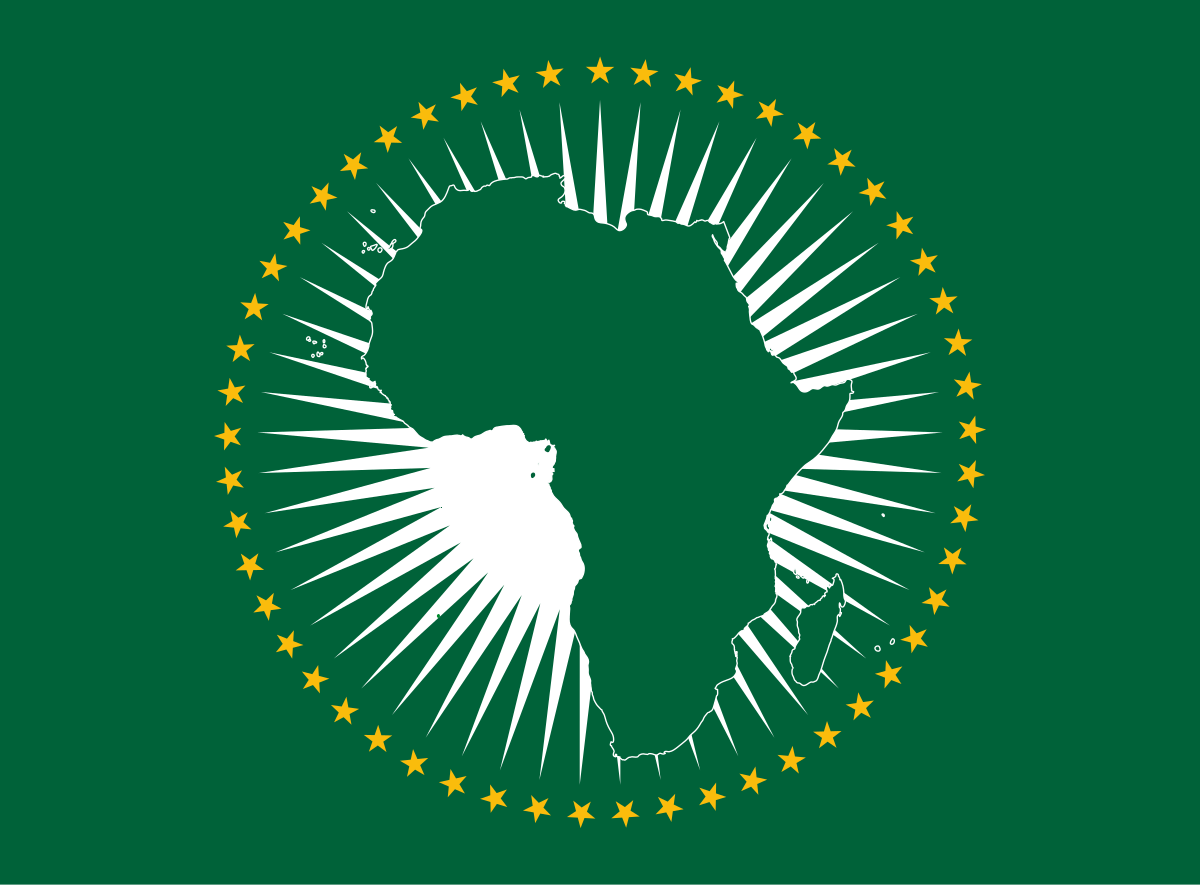In front of the windows of one of Abuja’s grandest hotels, the pool shines turquoise blue. Finally, the phone rings. It is the hotel’s front desk, announcing a guest.
The man who comes into the room, hours late for the scheduled appointment, is named Umaru Potiskum. He is an art dealer. He’s wearing a dark blue dashiki and is full of self-confidence, but is also a little suspicious. His is, after all, an underground, illegal business.
- Buhari welcomes COVID-19 vaccine, advocates equitable distribution
- COVID-19: Nigerians barred from China
“Here I have met many customers,” he says — buyers from Belgium, France, Spain, England and Germany. He shows us what he’s selling, carefully unwrapping two delicate terracotta statues from a piece of cloth.
The eyes gazing out from the ancient clay are triangular, typical of Nok figurines. Over the decades, thousands of these figurines have been taken out of Nigeria. Many are on display in some of the world’s most prestigious art galleries, including at the Louvre in Paris and Yale University. Many more are no longer displayed, however, because their provenance is questionable.
Anyone who wants to understand what drives this multimillion-dollar global trade must go searching: in Abuja and Paris, in Frankfurt and New Haven. But the first stop is the Nok Valley.
One hundred and fifty kilometres northeast of Abuja, a reddish-brown bush track winds through the lush green of the Nok Valley, towards a village. Mango and palm trees and millet fields surround about three dozen houses and mud huts.
It was here, in 1928, that a foreign miner supposedly discovered the first antique terracotta figure: a monkey head, 10cm high. As archaeologists dug further, they discovered the remnants of an ancient culture, which, as per convention, they named after the surrounding area: Nok.
From around 1500BCE — at the same time that ancient Greece was flourishing, the Mayan civilisation was developing and Egyptian pharaohs were ruthlessly expanding their empire — a highly developed society was spreading across the valley, encompassing an area the size of Portugal. It is the earliest known civilisation in West Africa, according to Archaeology magazine.
Between the years of 900BCE and 300BCE, the Nok produced a staggering number of striking clay figurines, including elaborately stylised people, animals and fantasy creatures, adorned with ornaments, jewellry and symbols. Many appeared to have been buried in shards. Even today these figurines are a riddle: Why were they made? What did they mean? Why did so many appear to have been deliberately broken and then buried?
Thousands of figurines have been dug up. Today, it is getting harder and harder to find any more of them — making the figurines all the more valuable.
At the Abuja hotel, Potiskum takes another drink and starts talking numbers. His two figurines — a man’s head and a larger statue of a woman — are more than 2000 years old, he claims, and any laboratory analysis will prove it. He charges €2 000 Euro for the man’s head, and claims that it can be sold to buyers overseas for 10 times that amount. The female figurine goes for considerably more.
These sums would seem astronomical to residents in the Nok Valley, some of whom help to find and dig up the terracottas. They are paid €5 a day, at most; many earn just €1 a day.
But that’s how it works, explains Nigeria’s Minister for Information and Culture, Alhaji Lai Mohammed. Nigerian middlemen buy the Nok terracottas at source for a pittance, and then sell them on for a fortune. “We have not yet done enough to stop our own people and to convince them to protect their own cultural heritage,” he said.
Given the lack of alternative employment opportunities, the state has found this trade nearly impossible to control — much to the minister’s frustration. “These works define our history. They define who we are. Those who sell our cultural heritage abroad are harming Nigeria,” he said. He is also critical of the international art market, which seems unable to stop the illicit trade in Nok terracottas once they have left Nigeria.
Mohammed does not have an easy job. Nigeria’s population is about 190-million people, and they speak more than 500 languages. Arts and culture is one tool that the government has to bring this diverse nation together, so it does not help when important cultural artefacts keep ending up in other countries.
Potiskum knows a thing or two about those British colonists. His father was a close colleague of Bernhard Fagg, an English archaeologist who worked in the colonial administration in Nigeria from the 1940s to the 1960s. He was responsible for telling the Western academic world about the newly discovered Nok culture, astonishing them in the process. At the time, “Black Africa” was, in the Western world, widely considered to be a land without history; a “heart of darkness” just waiting to be civilised. This myth helped to legitimise the brutal subjugation of the continent by Western colonists. Archaeology Professor, Zachary Gundu, who has criticised the work of German researchers during an excavation project in Nigeria
The very existence of the Nok culture challenged that racist myth. Today, in academic circles, Fagg is still seen as the great pioneer of Nok studies or even the “discoverer” of Nok culture. And in the Nok valley, in the village of the same name, the house where Fagg once lived is still standing. Sometimes tourists even come to look at it. But if they want to hear nice things about Fagg, they had better not ask Beno Adamu, the village chief.
His memories and knowledge differ greatly from the versions in the history books. He dismisses the notion that the Nok terracottas were “discovered” by foreigners.
“We, Ham people here in Nok, look back at a long, long history and have always known these terracottas. Our grandfathers told us about them.” The Ham people had them in their shrines, houses and even out in the fields as scarecrows — long before Fagg “discovered” them.
Adamu met Fagg a few times when he was a young boy. He remembers: “Fagg asked the people to bring their terracottas to his house. Which they did. Then he told them that the pieces would be worthless. They never saw their terracottas again. They were already packed.”
Adamu speaks openly about what many people in the village think: “We are warm-hearted people. We like to have guests. But our treasures have been taken away and we do not see them again. Today they are in England, Germany and France. Many people came here, selfish, and used us as cheap labour. Then they disappeared and nobody supported us in our development. Not even our own government. We have not really benefited from our great heritage.”
Almost every Nok terracotta excavated over the last 50 years has left Nigeria for the international art market. When talking to local government officials in Kaduna State, where the Nok Valley is situated, it becomes clear that there are few systems in place to keep them in the country.
In the hotel room, Potiskum boasts: “Don’t worry, export is no problem. Wherever I have to deliver, I deliver. I just need the address.” He knows the customs people; border guards in Lagos; an international shipping company that helps him. He can even organise the export through other West African countries such as Togo, Benin and Ghana. He has a well-functioning network there.
And the export papers? “I can get everything,” he promises. Never mind that he is also a member of the Artefacts Rescuers Association of Nigeria, an organisation of art dealers that purports to protect Nigerian cultural heritage.
Potiskum says that it does not pay to remain above the law. He says he once handed over 72 Nok terracottas to the National Commission for Museums and Monuments (NCMM) but has not seen a single naira for them — despite the government’s promise to pay for rescued antiques. He claims that the NCMM owes him 65-million naira (about $170 000).
The art dealer is getting a little more relaxed. He is talking up his credentials, and mentions “my friends Peter Breunig and Nicole Rupp”. Breunig and Rupp are two German archaeology professors from Frankfurt’s Goethe University. Between 2005 and 2020 they led an excavation project in Nigeria, which was funded by the German Research Foundation (DFG). But while digging for ancient history, the project opened up new wounds. to be continued.
Culled from Mail&Guardian




